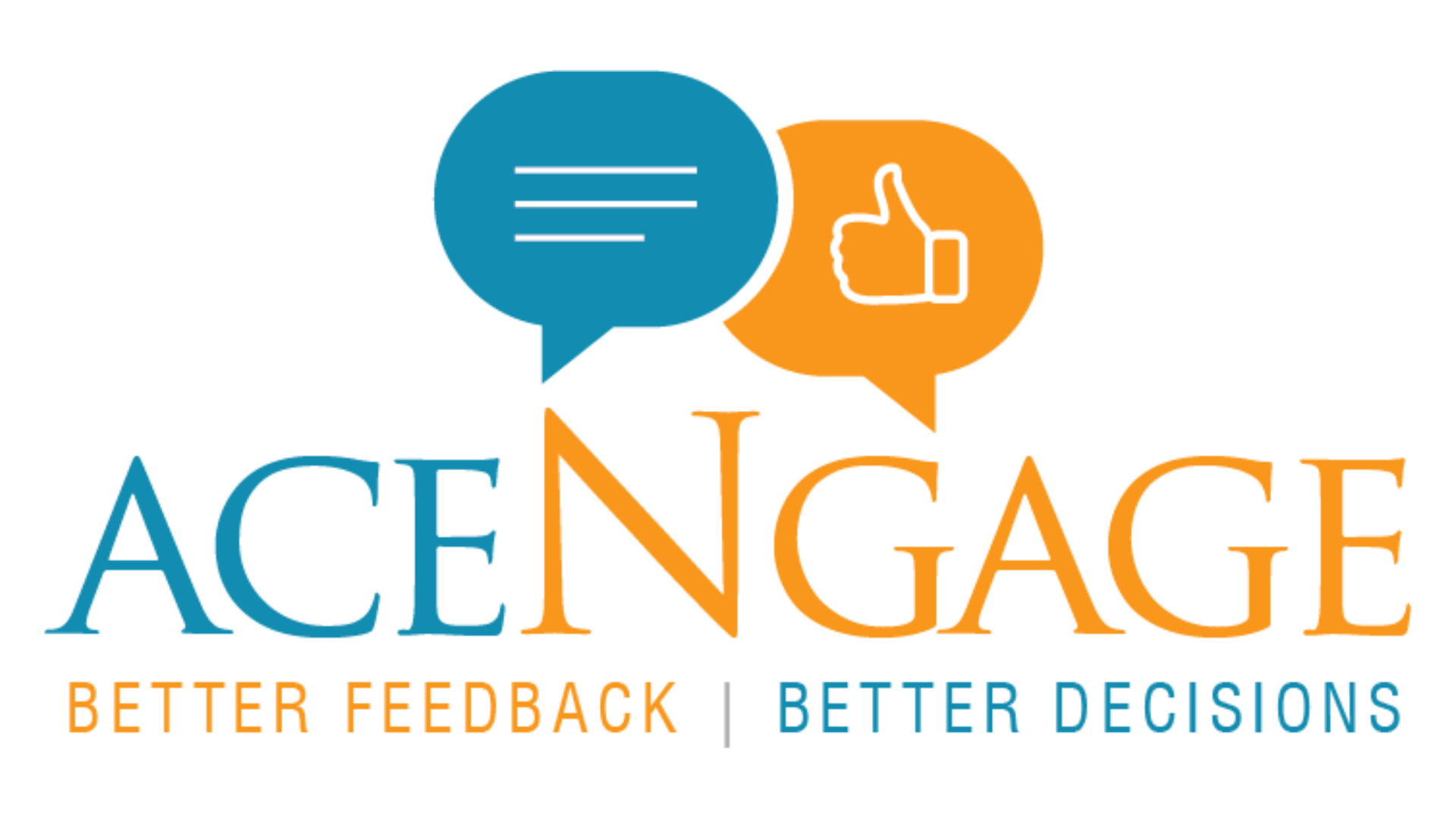“Engagement is not a one-time task, but a continuous journey that evolves with your team’s dynamics.” – HR Director, Tech Solutions Inc.
Employee Engagement Strategies is a vital metric that indicates how invested employees are in their organization’s goals and values. Engaged employees are not just committed or satisfied; they are actively involved, emotionally invested, and focused on contributing to their organization’s success. This article explores eight pivotal strategies to enhance employee engagement, creating a workplace that is not only more productive but also happier and more fulfilling for everyone involved.
Read More about engagement on our website.
Communication and Engagement: Companies that communicate effectively are 4.5 times more likely to retain the best employees. (Source: Towers Watson)
1. Cultivating a Culture of Communication
Effective communication is the backbone of any successful organization. When employees feel heard and informed, they are more likely to engage with their work and the company. Establishing a culture of communication involves regular updates from leadership, transparent sharing of company goals and challenges, and open lines for feedback. Tools such as internal chat applications, regular team meetings, and anonymous suggestion boxes can facilitate this open communication. Emphasizing empathetic listening and responsiveness from management can further enhance this culture, making employees feel valued and understood.

2. Providing Growth Opportunities
Employee engagement significantly increases when employees see a clear pathway for personal and professional growth within their organization. Providing opportunities such as mentorship programs, training workshops, and tuition reimbursement for further education plays a crucial role in supporting this growth. These initiatives not only enhance skill sets but also boost morale and loyalty among the workforce.
Regular career development discussions between employees and their managers are equally important. These discussions help align individual aspirations with the broader objectives of the organization, fostering a sense of purpose and direction. Such alignment ensures that employees are not only working towards their personal goals but are also actively contributing to the company’s success.
3. Recognizing and Rewarding Employees
Recognition is a powerful motivator. Regular, meaningful recognition of employees’ efforts and achievements can significantly boost morale and engagement. This does not always have to involve financial rewards. Public recognition, opportunities for greater responsibility, and personal notes of appreciation from higher-ups can all contribute to an enhanced sense of value among employees. Implementing peer recognition programs can also promote a positive workplace culture and increase overall team morale.
4. Enhancing Work-Life Balance
Work-life balance is increasingly recognized as a critical aspect of job satisfaction and engagement. Employers can support this balance through flexible working arrangements like remote work options, flexible hours, and results-oriented work environments. Encouraging employees to take time off and disconnect without guilt also contributes to a healthier work-life balance. This not only boosts engagement but can also reduce burnout and improve overall well-being.
5. Leveraging Technology for Employee Engagement Strategies
Technology can greatly enhance Employee Engagement Strategies by simplifying communication, automating mundane tasks, and making work processes more efficient. Tools like project management software, virtual reality for remote training sessions, and AI-driven analytics for personalized feedback can significantly enhance engagement. Companies that effectively use technology to support their employees’ work can see increased innovation and satisfaction.
6. Building Trust and Transparency
“Listening to your employees is not just about hearing their words, but also about understanding their needs and addressing them.” – CEO, Greenline Enterprises
Trust and transparency within the workplace foster a secure and open environment where employees feel safe to express their thoughts and ideas. Leaders can build trust by being accessible and consistent, making decisions transparently, and sharing both successes and failures openly with the team. Such practices ensure that employees feel respected and valued, which is crucial for engagement.
7. Creating a Supportive Work Environment
Supporting employee well-being goes beyond physical health; it includes psychological and emotional support. Initiatives like mental health days, in-house counseling services, and regular wellness activities can help address these aspects. Additionally, creating a workplace where diversity and inclusion are actively promoted can enhance employee engagement by making all team members feel they belong and are valued.
8. Engaging Leadership Development
“A truly engaged workforce is one where every employee feels empowered and part of the company’s mission.” – Chief People Officer, Innovatech Ltd.
Leaders play a crucial role in setting the tone for employee engagement. By developing leaders within the organization who are empathetic, supportive, and skilled in managing people, companies can ensure a positive, engaging work environment. Leadership development programs should focus on teaching soft skills, such as emotional intelligence and conflict resolution, which are essential for motivating and engaging teams.
Evaluating and Measuring Engagement
To effectively manage and improve employee engagement, it is crucial to regularly measure it. Surveys, one-on-one interviews, and focus groups can provide insights into how engaged employees feel and identify areas for improvement. Additionally, engagement metrics should be regularly reviewed and incorporated into the broader business strategy to ensure alignment and continuous improvement.
Conclusion
Implementing these eight strategies can transform a workplace, making it more engaging, productive, and satisfying for everyone involved. While the approach to employee engagement will vary by organization, the fundamental goal remains the same: to create an environment where employees can thrive and contribute to their fullest potential. Encouraging feedback, adapting to employee needs, and continuously improving are essential to this ongoing process.
Frequently Asked Questions
What are the signs of a disengaged employee?
An employee may seem disinterested, unproductive, and isolated, often avoiding participation in team activities or projects. Acengage can help identify and address these signs.
How often should employee engagement be measured?
Employee Engagement Strategies should be measured regularly, at least bi-annually, to ensure timely interventions and adapt strategies. Acengage offers tools for consistent engagement tracking.
Can small businesses implement these strategies effectively?
Yes, small businesses can effectively implement Employee Engagement Strategies with scalable solutions like those offered by Acengage, which are tailored to fit diverse business sizes.
What are the common pitfalls in employee engagement initiatives?
One major pitfall is lack of genuine communication and feedback loops; another is not aligning engagement strategies with actual employee needs. Acengage helps avoid these issues by providing customized Employee Engagement Strategies.







